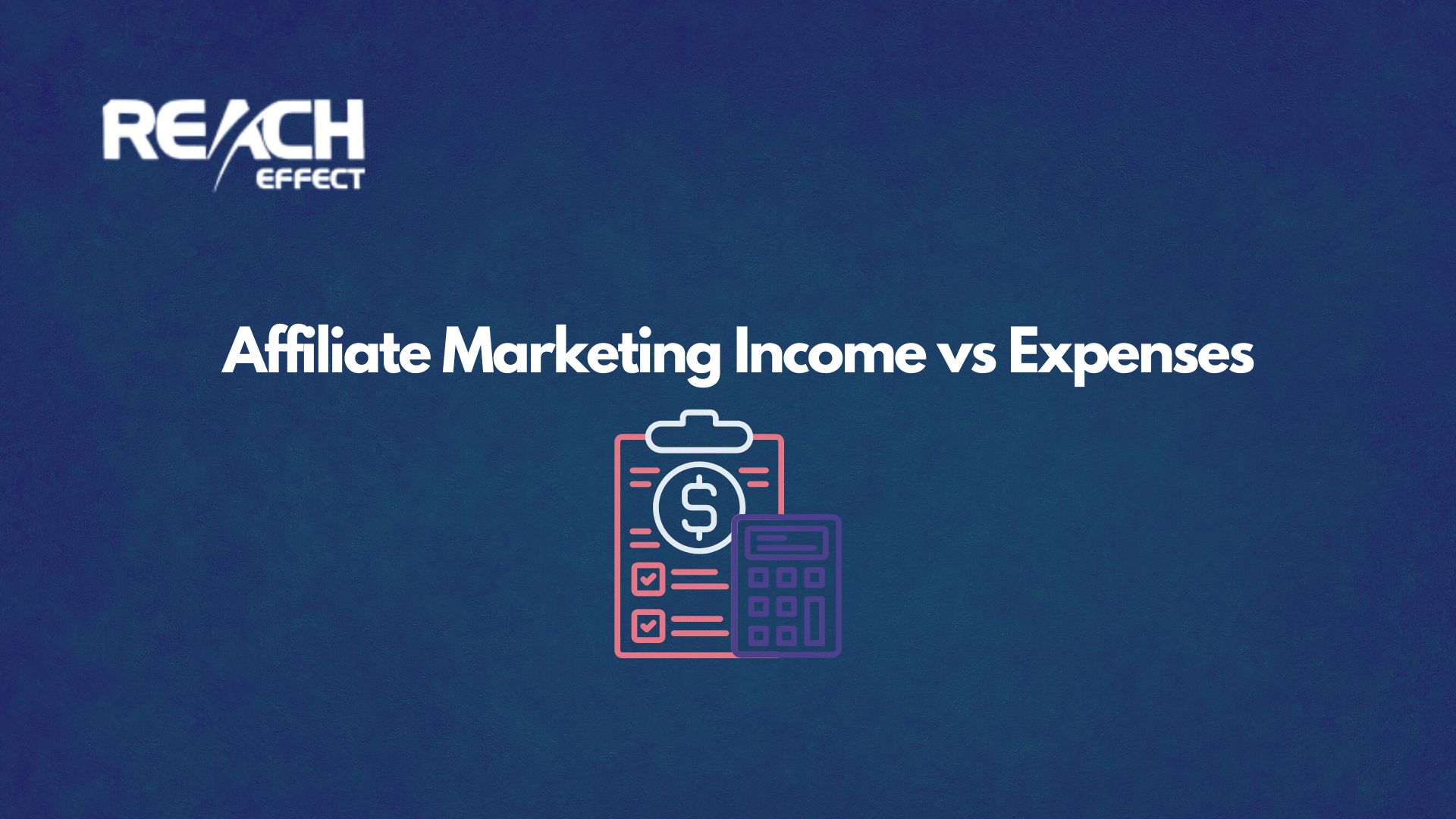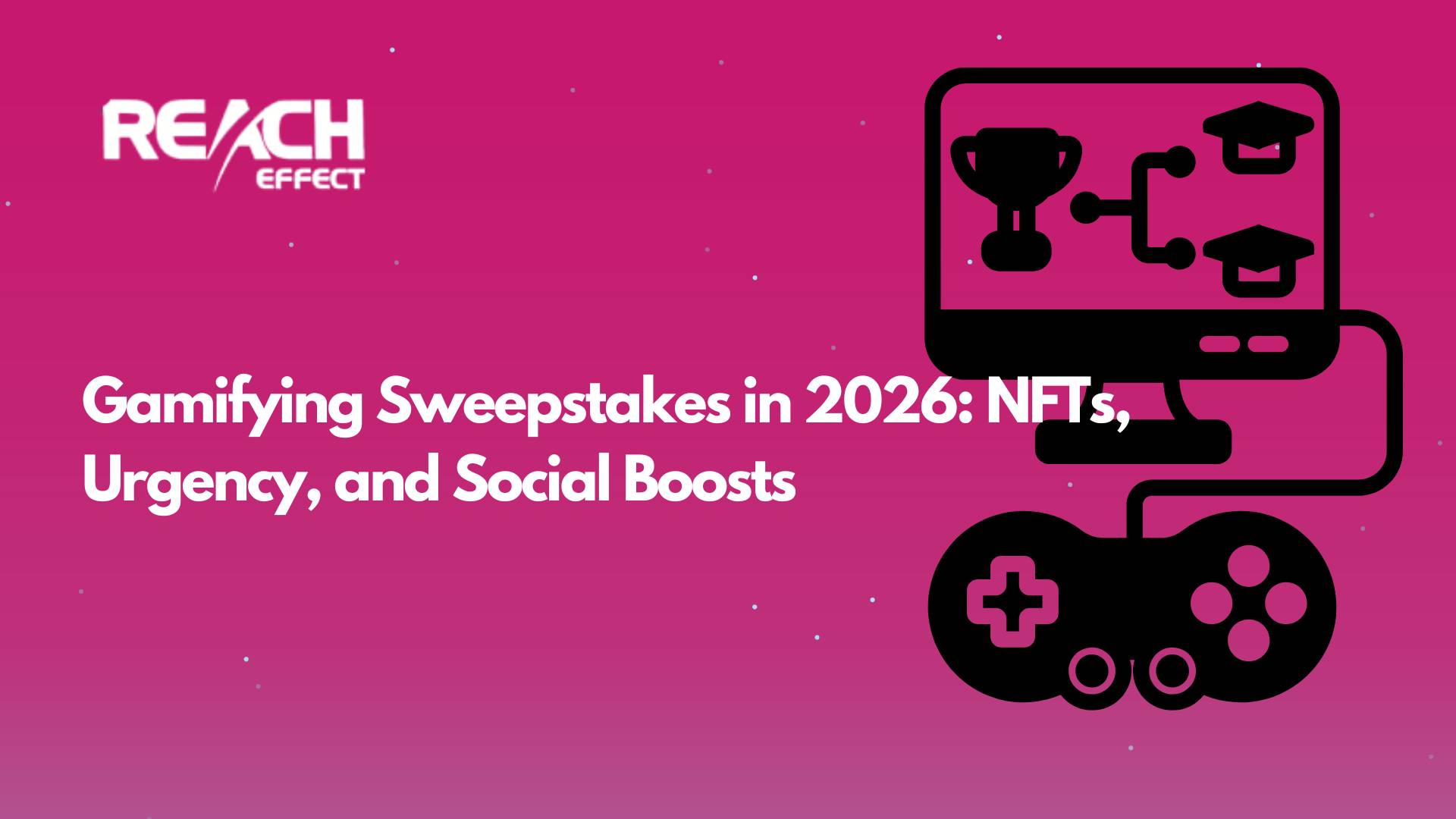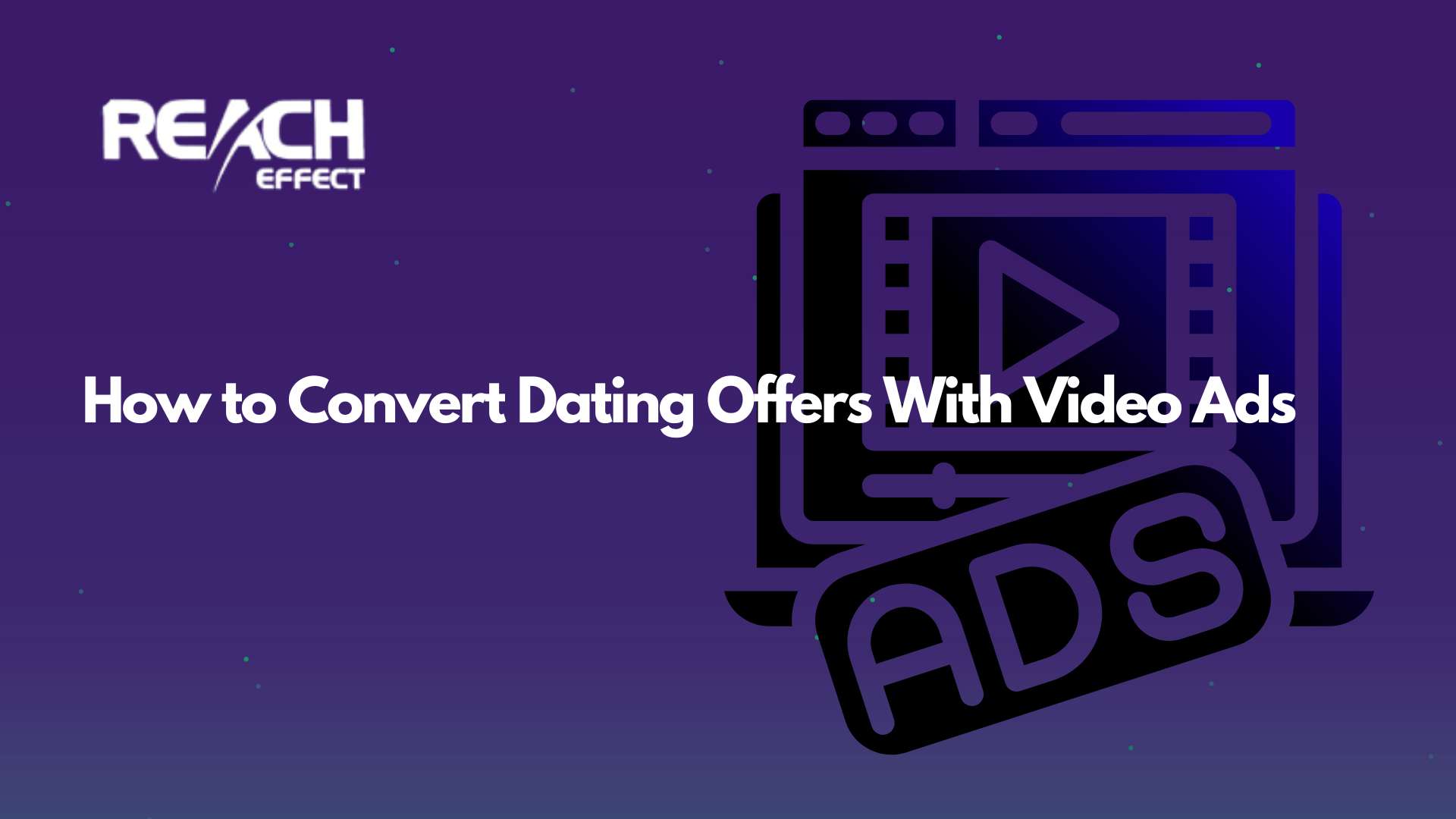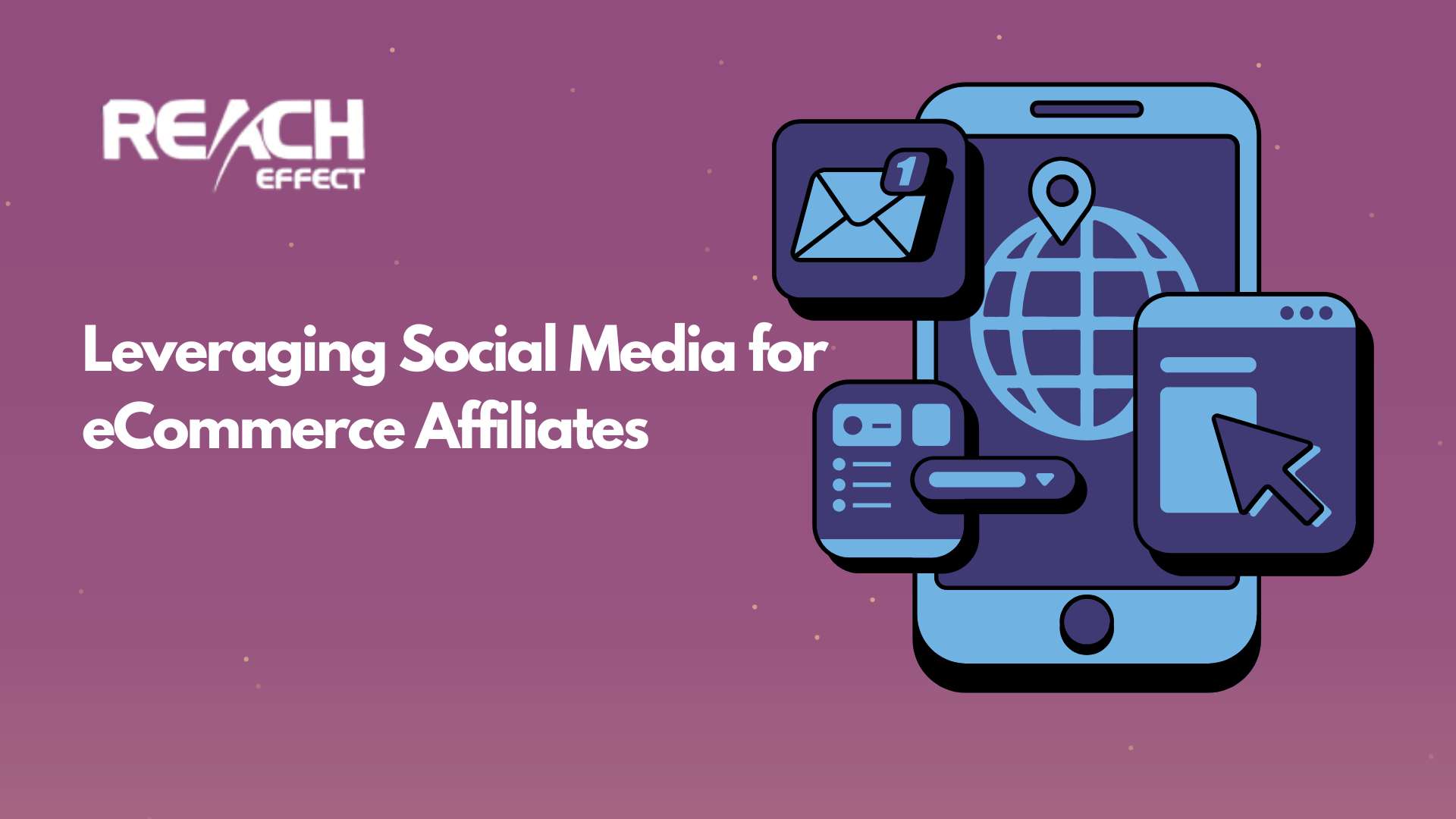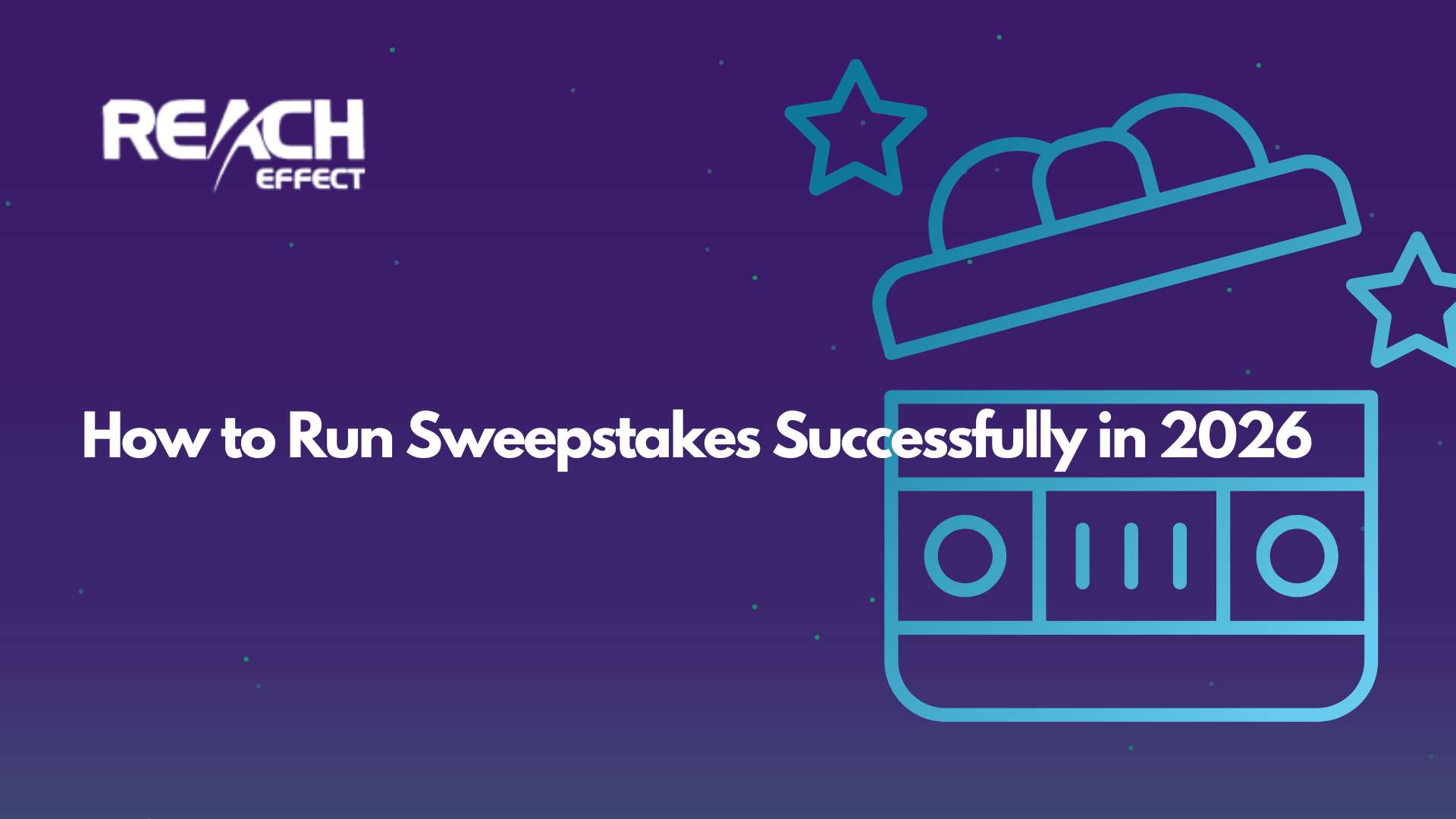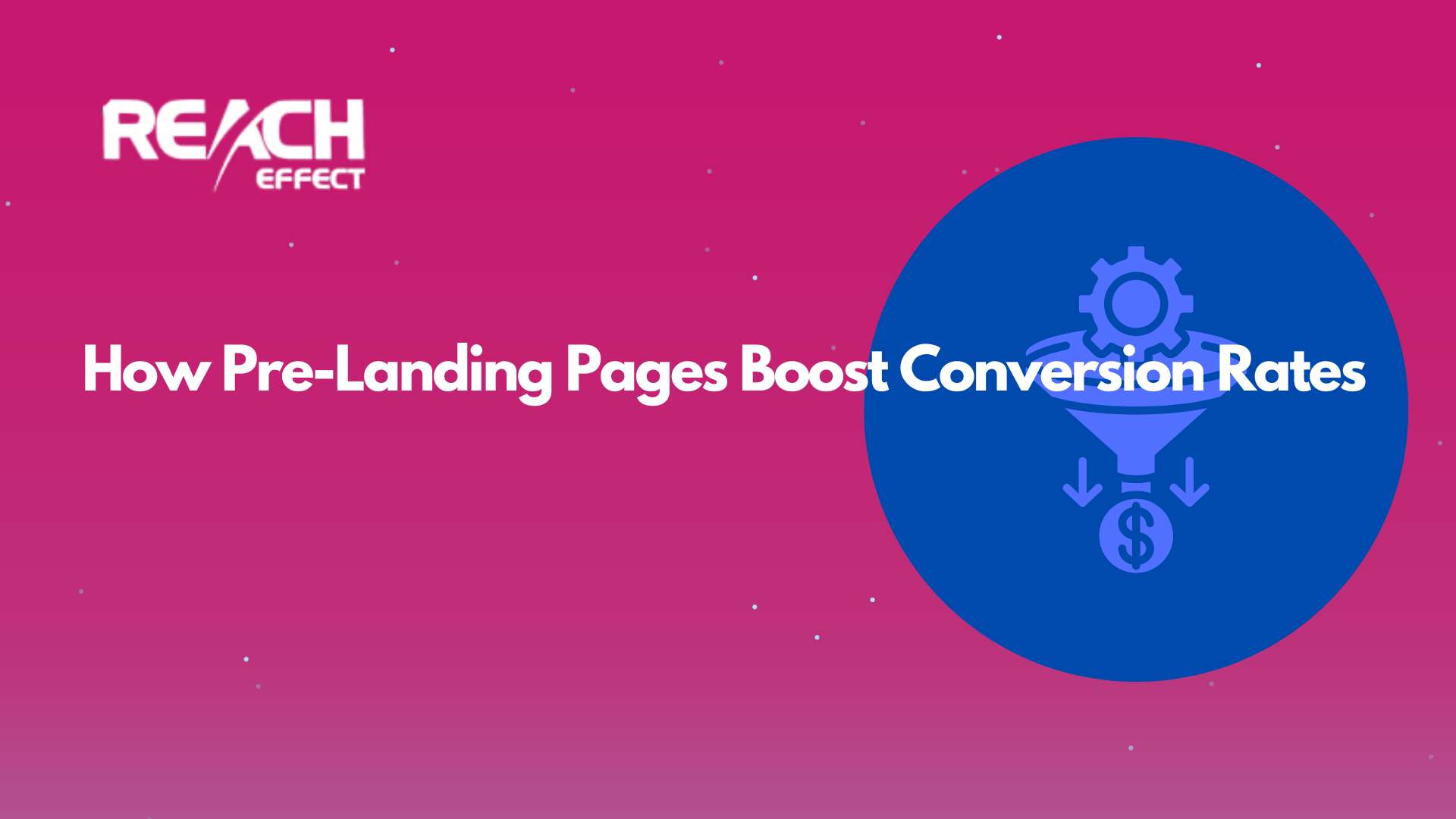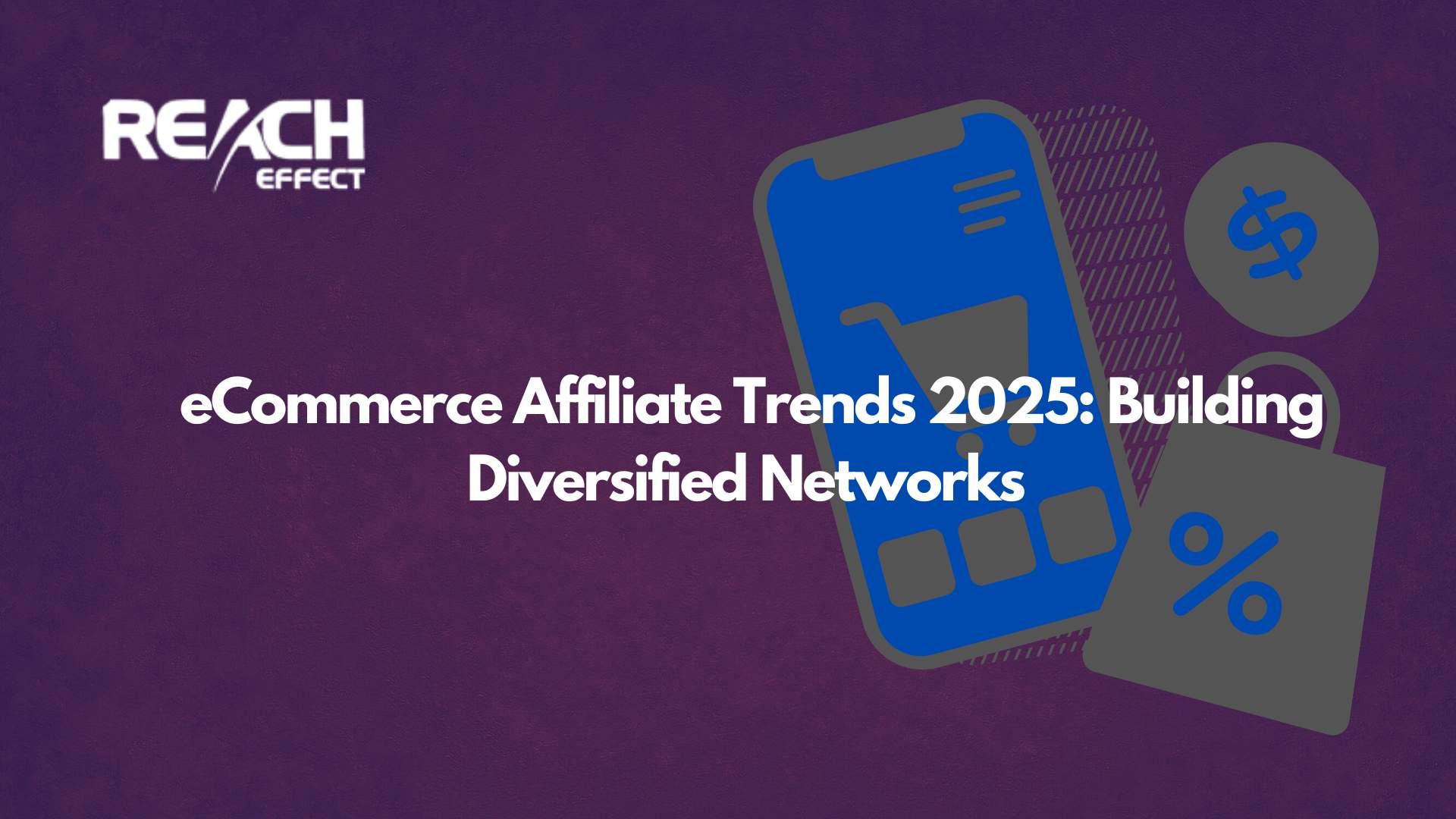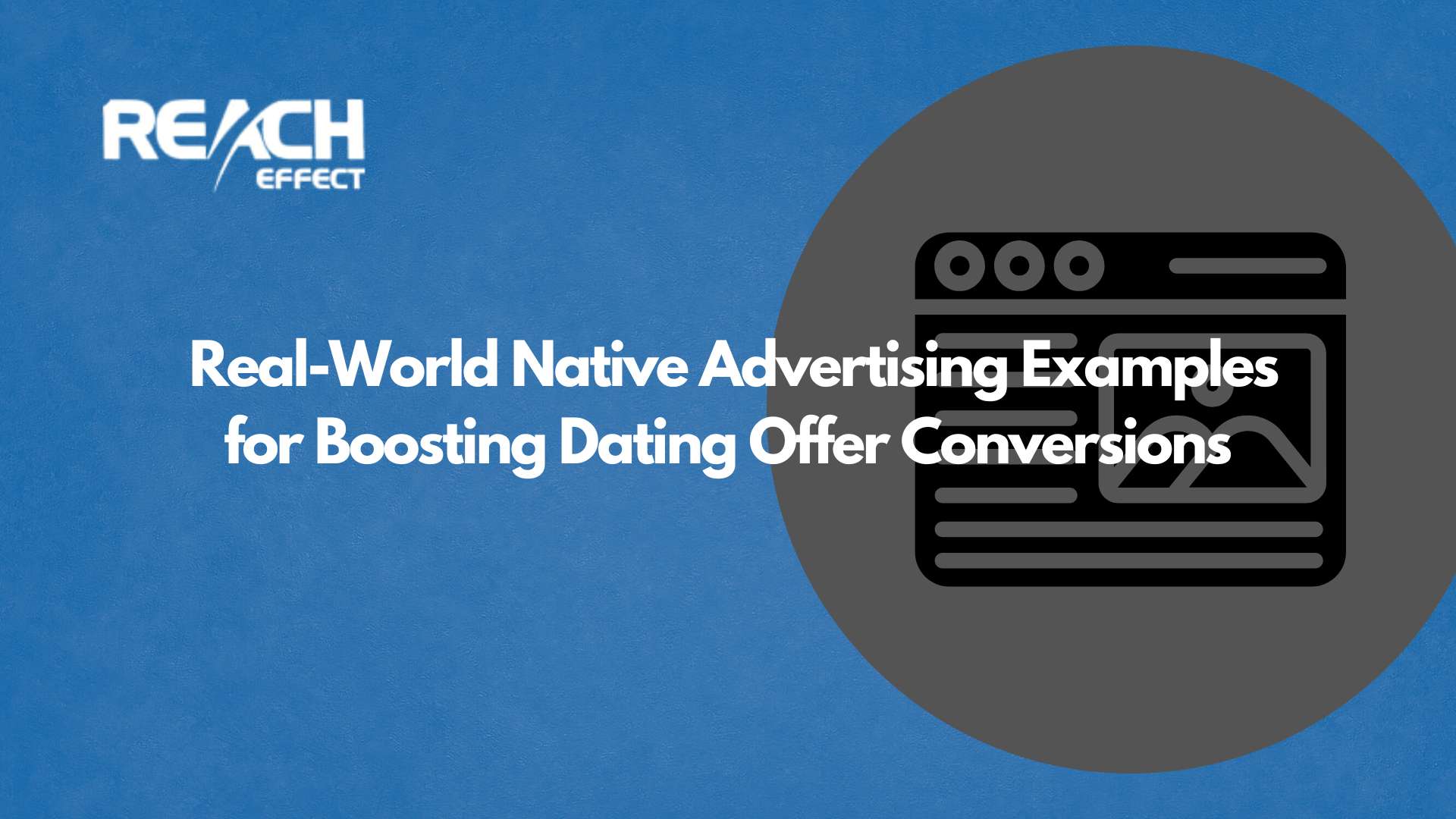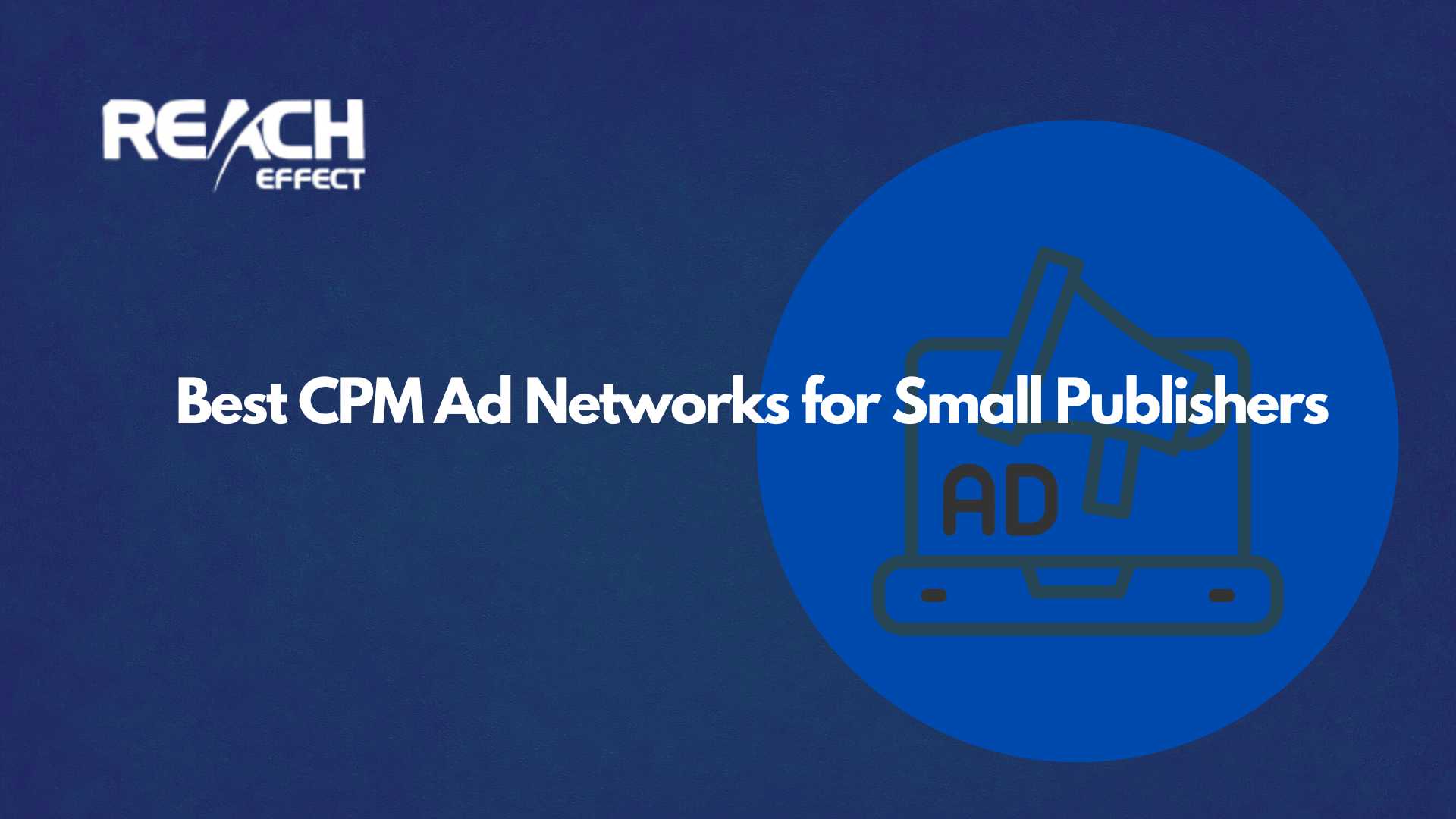I’ve talked to dozens of affiliate marketers who can tell me exactly how much they earned last month but have no idea what their actual profit was. They see a nice commission check and think they’re doing great, completely ignoring the fact that they spent almost as much on ads, tools, and other expenses.
Thank you for reading this post, don't forget to subscribe!Understanding affiliate marketing income vs expenses isn’t just about basic math. It’s about knowing which numbers actually matter, what expenses you can control, and how to structure your business so you’re building real wealth instead of just spinning your wheels.
After years of running affiliate campaigns and seeing what separates profitable marketers from those who struggle, I’ve learned that profitability comes down to tracking the right metrics and making smart decisions about where your money goes.
The Real Picture of Affiliate Income
When most people think about affiliate income, they only see the commission rate. If you’re promoting a product with a 30% commission and it costs $100, you think you’re making $30 per sale. But that’s gross income, not profit.
Your actual income includes several components that all need tracking. Commission payments are the obvious one, but you might also earn bonuses for hitting volume targets. Some programs offer performance incentives that can add 10-20% to your base commissions. Recurring commissions from subscription products create ongoing income that compounds over time.
Brands using affiliate marketing record an average ROI of $15 for every $1 spent, which equals a return of 1400%. That sounds incredible until you realize this statistic applies to brands running affiliate programs, not individual affiliates. The affiliate’s side of the equation looks different.
The income side seems simple, but many affiliates miss important factors. Not all sales get counted. Returns and refunds reduce your commissions, sometimes weeks after you thought you earned them. Chargebacks can claw back money you already received. Cookie duration matters because a 30-day cookie gives you more opportunity to earn than a 24-hour one.
Payment terms affect your cash flow even if they don’t change your total income. Getting paid Net-60 means waiting two months after making a sale to see money. This delay impacts your ability to reinvest in growth and creates cash flow challenges that can kill your business even when you’re technically profitable.
Breaking Down Your Expense Categories
The expense side is where things get complicated. Every dollar you spend needs to go into a category so you can see exactly where your money flows and identify opportunities to improve profitability.
Traffic costs represent your biggest variable expense. If you’re buying paid traffic, this dominates your budget. Cost per click varies wildly depending on platform and niche. Google Ads might cost $2-5 per click in competitive spaces while native ads through platforms like Reacheffect might run $0.30-0.80 per click. Your conversion rate determines whether those costs work.
Let’s say you pay $0.50 per click and convert at 2%. You need 50 clicks to make one sale, costing you $25 in traffic. If your commission is $40, your gross profit per sale is $15. But we’re not done with expenses yet.
Tools and software add up faster than you’d think. Tracking software to monitor your campaigns might run $100-300 monthly. Landing page builders cost $30-100 per month. Email autoresponders for follow-up sequences add another $20-150 depending on your list size. A/B testing tools, heatmap software, and analytics platforms each have their own costs.
Most affiliates spend $200-500 monthly on tools before they even start buying traffic. If you’re making $2,000 in commissions, that’s 10-25% of your gross income gone immediately.
Content creation costs vary based on your approach. If you write everything yourself, your cost is time rather than money. Hiring writers costs $0.05-0.20 per word for decent quality. A 1,500-word review article might cost $75-300. Video production is even more expensive if you’re outsourcing it.
Influencer partnerships can range from $200 to $2,500 per post, plus 5-20% commission on sales. This model works for some niches but destroys profitability in others.
Domain and hosting expenses seem minor but they’re necessary. A domain costs $10-15 annually. Hosting runs $5-100 monthly depending on your traffic volume and whether you need VPS or shared hosting. SSL certificates, CDN services, and email hosting add small amounts that accumulate.
Payment processing fees eat into your income silently. If you collect leads and sell your own products alongside affiliate offers, PayPal takes 2.9% plus $0.30 per transaction. Stripe has similar fees. These seem tiny until you’re processing thousands of dollars.
Business expenses like bookkeeping, legal fees, and business licenses depend on how formally you structure things. A sole proprietor might spend almost nothing. An LLC with proper bookkeeping might spend $1,000-3,000 annually on these administrative costs.
Breaking Down Your Expense Categories
Understand where your money goes to optimize profitability.
Traffic Costs
Your biggest variable expense. Paid traffic costs vary: $2-5 per click on Google Ads, $0.30-0.80 per click on native ads. At $0.50 per click and a 2% conversion rate, 50 clicks cost $25 for one sale, leaving $15 gross profit on a $40 commission.
Tools & Software
Tracking software: $100-300/month. Landing page builders: $30-100/month. Email autoresponders: $20-150/month. Total costs can eat 10-25% of your $2,000 commissions.
Content Creation
Self-written content costs time. Outsourcing articles: $0.05-0.20/word ($75-300 for 1,500 words). Video production or influencer partnerships: $200-2,500/post + 5-20% commission.
Domain & Hosting
Domains: $10-15/year. Hosting: $5-100/month. Additional costs for SSL, CDN, and email hosting add up.
Payment Processing
PayPal and Stripe charge 2.9% + $0.30 per transaction, impacting profits on high-volume sales.
Business Expenses
Bookkeeping, legal fees, and licenses for an LLC: $1,000-3,000/year. Sole proprietors may spend less.
Calculating Your True Profit Margin
Now we get to the important part, figuring out what you actually keep. Your profit margin is the percentage of income left after all expenses. This number tells you whether your business is sustainable.
The formula is simple: (Total Income – Total Expenses) / Total Income x 100 = Profit Margin Percentage.
If you made $10,000 in commissions and spent $7,000 on traffic, tools, content, and other expenses, your profit is $3,000. Your profit margin is 30%. That’s healthy for most business models.
For most small businesses, aiming for a profit margin between 7% and 10% is a good goal. But affiliate marketing can and should do better than traditional businesses because overhead is lower. I target 30-40% profit margins minimum. Anything below 20% means something in your funnel needs fixing.
The challenge is that profit margins vary dramatically during growth phases. When you’re testing new traffic sources, your profit margin might be negative for weeks. You’re paying for data and learning what converts. This investment phase is necessary but you need to track it carefully and know when to stop bleeding money.
Once you find winning campaigns, profit margins improve rapidly. Your traffic costs stay relatively stable while your revenue increases because you’re scaling what works and cutting what doesn’t. This is where understanding your numbers becomes powerful.
Calculating Your True Profit Margin
Learn how to measure what you actually keep and ensure your business thrives.
The Profit Margin Formula
(Total Income – Total Expenses) / Total Income × 100 = Profit Margin %
Example: If you earn $10,000 in commissions and spend $7,000 on expenses, your profit is $3,000, giving you a 30% profit margin.
Target Profit Margins
Small businesses often aim for 7-10% profit margins. In affiliate marketing, target 30-40% minimum due to lower overhead. Below 20% signals issues in your funnel.
Growth Phase Challenges
Testing new traffic sources can lead to negative profit margins for weeks as you pay for data. Track carefully to avoid excessive losses during this investment phase.
Scaling for Success
Once you identify winning campaigns, profit margins improve. Traffic costs stabilize while revenue grows by scaling what works and cutting what doesn’t.
Fixed vs Variable Costs in Affiliate Marketing
Breaking expenses into fixed and variable categories helps you make better decisions about scaling and budgeting.
Fixed costs stay the same regardless of how much you sell. Your tracking software costs $200 monthly whether you make one sale or a thousand. Your hosting, domain, and most tools fall into this category. These costs create a baseline that you need to cover before you’re profitable.
Variable costs change based on your activity level. Traffic expenses are purely variable. If you spend more on ads, you should generate more sales proportionally. Content creation costs are variable if you’re paying per piece. The more you produce, the more you spend.
Understanding this distinction matters because fixed costs create leverage. Once you cover your fixed expenses, every additional sale is more profitable. If your fixed costs are $500 monthly and you make 10 sales, each sale needs to contribute $50 just to break even on fixed costs. But if you make 100 sales, each sale only needs to contribute $5 toward fixed costs, leaving more profit.
This is why scaling matters so much in affiliate marketing. Your fixed costs don’t increase much as you grow, so profitability improves with volume.
Common Profitability Killers
After analyzing failed affiliate campaigns, certain patterns emerge. Some mistakes destroy profitability silently while you think everything is fine.
Ignoring lifetime value is probably the biggest mistake. Most affiliates only look at first purchase profitability. If you spend $30 to acquire a customer who buys a $50 product with 40% commission, you make $20 gross profit. Subtract traffic costs and you’re at $10, which might not cover your other expenses.
But if that customer buys again, or if you can promote complementary offers, the lifetime value might be $100-300. Suddenly that $30 acquisition cost makes perfect sense. Many profitable affiliates lose money or break even on first purchases, earning their profit on the backend.
Not tracking properly leads to invisible waste. If you don’t know which traffic sources convert best, which landing pages work, or which offers produce the highest ROI, you’re flying blind. You might be spending heavily on traffic that never converts while under-investing in channels that work great.
I’ve seen affiliates spend 80% of their budget on a traffic source delivering 20% of their profit. Proper tracking would reveal this immediately, but without data, they keep making the same expensive mistake.
Tool bloat drains money without improving results. It’s easy to subscribe to every shiny new software tool, thinking each one will boost conversions. Before you know it, you’re paying $800 monthly for tools when $300 worth would deliver 90% of the value.
Audit your subscriptions quarterly. If you haven’t used something in 30 days, cancel it. If a tool provides marginal benefit, cut it. Every dollar you save on unnecessary tools goes straight to profit.
Testing too many things simultaneously makes optimization impossible. If you’re running five different traffic sources with three offers each and testing multiple landing pages, you’re spreading your budget too thin. You never get enough data on any single variable to make informed decisions.
Focus wins. Pick one traffic source, one offer, and one landing page. Get that combination profitable, then expand. Sequential testing beats simultaneous testing every time.
Adjusting Your Model for Maximum Profitability
Markets change, competition shifts, and what worked yesterday might not work tomorrow. Profitable affiliates constantly adjust their approach based on current data.
When profit margins shrink, you have two options: increase income or decrease expenses. Increasing income means improving conversion rates, raising average order value, or finding better offers. Decreasing expenses means negotiating better prices, cutting waste, or finding cheaper traffic sources.
Test aggressively but scale conservatively. Trying new things is how you find opportunities, but don’t bet your entire budget on unproven strategies. Risk 10-20% of your budget on tests while keeping 80-90% focused on proven winners.
Watch for diminishing returns as you scale. The first $100 you spend on traffic might return $300. The next $1,000 might return $2,500. But at some point, the ratio deteriorates because you’re reaching less qualified audiences or facing more competition. Know when to stop scaling a campaign and start diversifying instead.
The Profitability Mindset
Numbers matter, but mindset matters more. Profitable affiliate marketers think differently than those who struggle.
They view expenses as investments rather than costs. Spending money on traffic isn’t losing money, it’s buying data and customers. The key is ensuring your investment returns more than you spent.
They focus on metrics that matter. Vanity metrics like traffic volume or follower counts feel good but don’t pay bills. Profitable marketers obsess over conversion rates, ROI, and profit margins because those numbers determine success.
They stay patient during testing phases and aggressive during scaling phases. Making money in affiliate marketing requires surviving the learning curve. Most people quit during the expensive testing phase, right before they would have found success.
They remember that profitability is the goal, not revenue. Making $100,000 in commissions means nothing if you spent $110,000 getting there. A business that generates $30,000 in commissions with $15,000 in expenses is healthier than one generating $100,000 with $95,000 in expenses.
Understanding affiliate marketing income vs expenses transforms your business from a hobby into a real profit center. Track everything, cut waste, scale what works, and never lose sight of the bottom line. That’s how you build something sustainable that actually puts money in your pocket.

